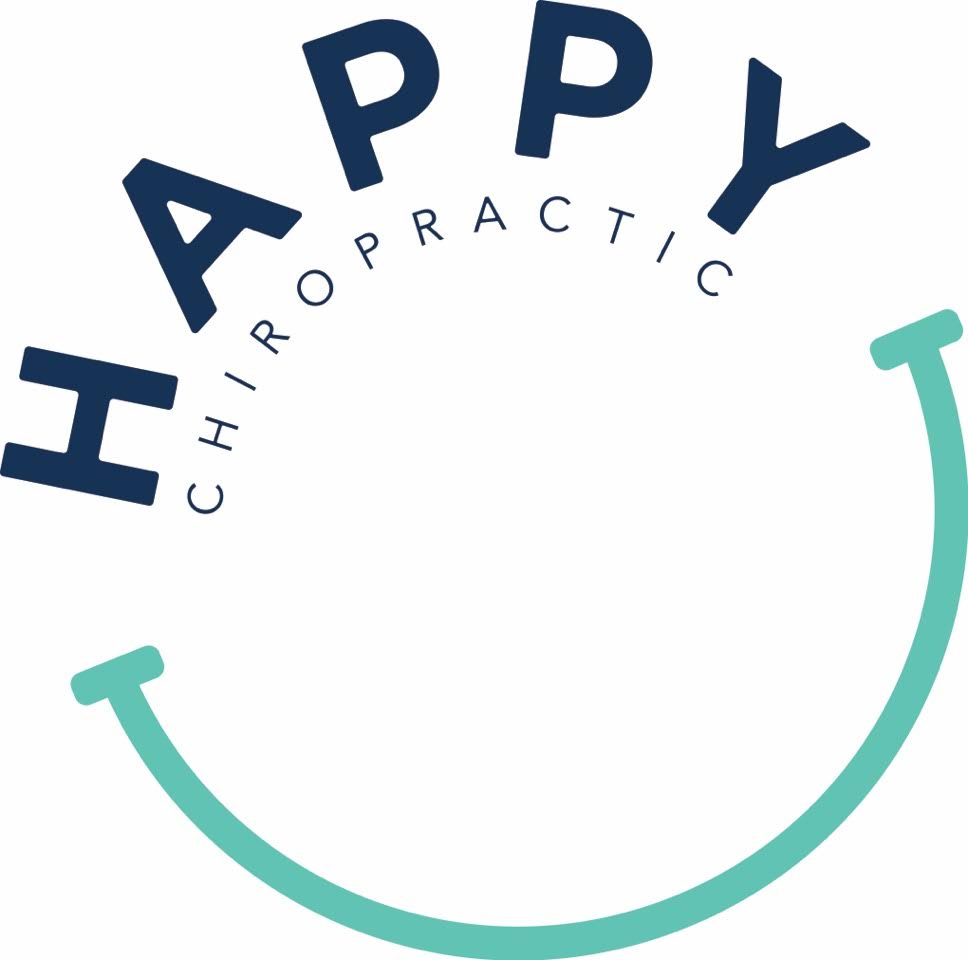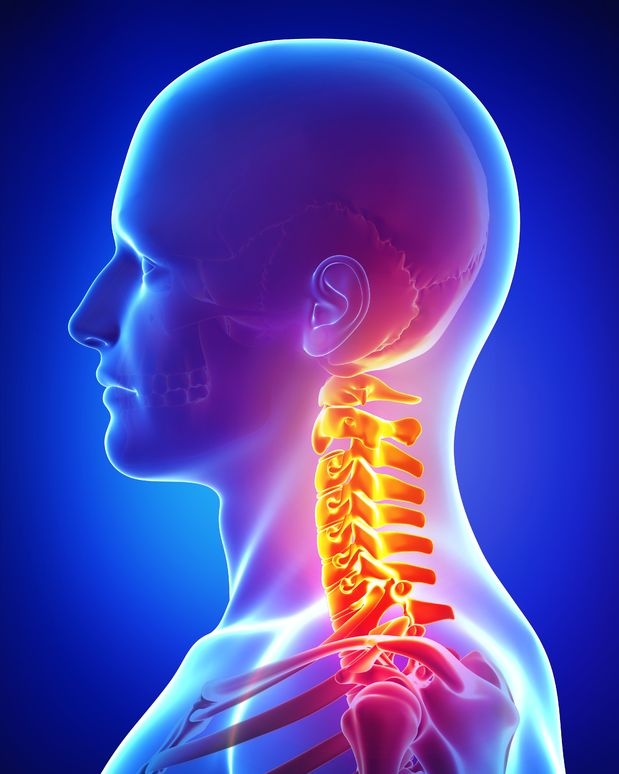
10 Feb Is there a relationship between posture and shoulder pain?
The title of this research article is “The Impact of Faulty Posture on Rotator Cuff Tears With and Without Symptoms”. Rotator cuff is the description for the four main muscles around the shoulder girdle that help to elevate and rotate your shoulder. Your shoulder is not a particularly well-fitting ball and socket joint like the hip. It is much more the limb hanging next to the torso, and it is stabilised by the rotator cuff muscles, and unfortunately, in our society, there is a huge amount of people dealing with shoulder issues, and shoulder issues are really hard to deal with clinically. Very, very long healing process in time, in most cases, but this article is focusing in on how your posture maybe a predictor as to whether you’re likely to have a shoulder rotator cuff issue.
You’re going to find out in a moment, and I’m telling you the final chapter before you’ve read the story, that if you have good posture, you’re less likely to have shoulder problems. So, in this study, which had 525 residents in the study, and was from the Journal of Shoulder and Elbow Surgery in 2015.
What this study showed is that the issues that were in the shoulder effected 2.9% of the people that had perfect posture. 2.9% of the shoulder issues were with the people with good, upright posture.
Then moving forward into this article- 65.8% of people with rotator cuff syndrome had a rounded posture. So almost two thirds of the shoulder rotator cuff issues were associated with people that had a rounded posture, increased kyphosis, that rounding, that stooping-type posture. The one that, as a health practitioner, many, many people come through the door, and one of their chief concerns that they want dealt with is their rounded posture, associated with shoulder issues.
Most people may never have thought of “Oh, my sore shoulder. “Nothing to do with my posture.” Well, I’m telling you it probably has.
54.3% of the shoulder issues was to do with a flat back posture. So, some of these people may have had more than one postural distortion at the same time. They may have had a rounded upper spine, and they may have had flattening through another area. So, with a flat back posture, 54.3% of the shoulder issues were associated with a flat back posture, and 48.9% of the shoulder issues were to do with a swayed lower back. So, for example, someone may have a swayed lower back and a stoop in the upper back at the same time.
So, the take home message is focus on your posture. It’s good for so many different reasons, but particularly if you’ve got a nagging shoulder issue, one that limits you, one that results in you difficulty if you reach your arm around your back, or you reach your hand over your head, or you hold your arm out to the side. If you’ve got some of those shoulder issues, it’s most likely something to do with your rotator cuff. You can probably do some awesome exercises to assist, but also, focus on your posture.
Go and see someone who understands correct posture, can educate you in correct posture, and can, in many cases, structurally do some work to encourage your body to heal itself towards correct posture. So, I hope you’ve found this interesting. I hope you are not suffering with a shoulder issue, but many people do, unfortunately. I hope you’ve found this useful, and interesting, and given you some motivation to really have posture at the front of your mind when considering your future health outcomes.






Sorry, the comment form is closed at this time.